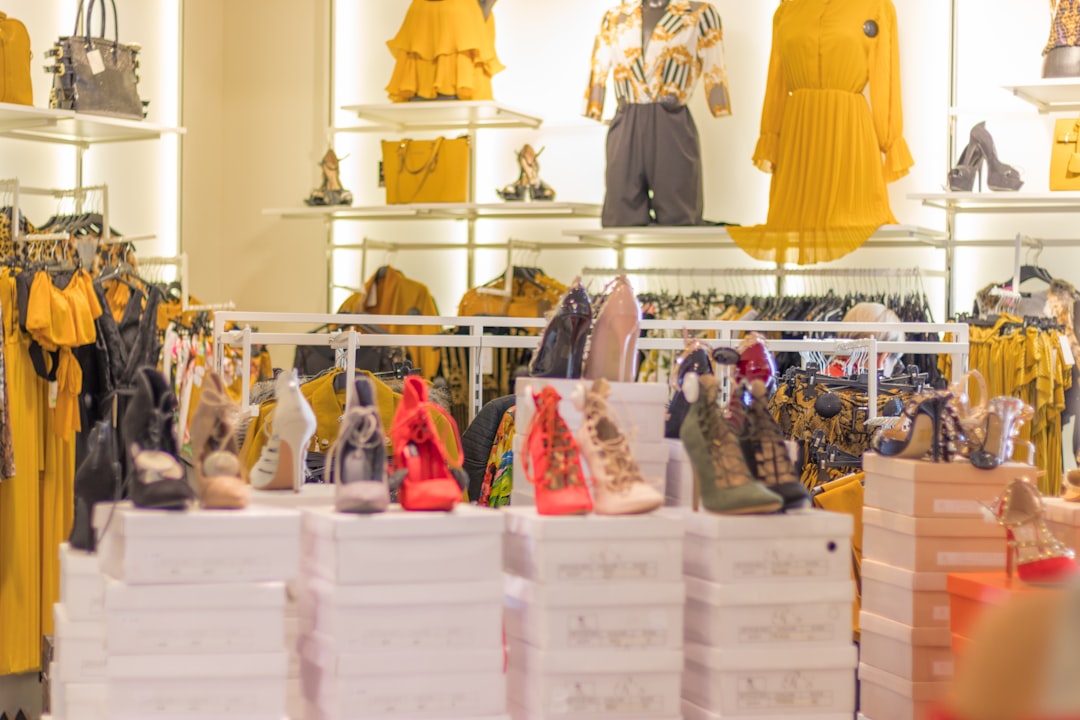1 min
How AI will transform the economy: Predicting the next breakthroughs
AI is already revolutionizing the world around us. University of Delaware experts are at the forefront of this innovation, researching and inventing new ways to use AI in everyday life. Below are a number of UD experts who can discuss these topics and the breakthroughs being made. AI meets the edge – Weisong Shi, Alumni Distinguished Professor and Chair of Computer and Information Sciences, explains how AI and edge computing will transform everything from self-driving cars to real-time healthcare. AI’s energy appetite – Steven Hegedus, Professor, dives into the massive energy demands of AI, with expertise in photonics and chip-level signal processing. Building AI from the hardware – Sunita Chandrasekaran, Associate Professor and leader of the First State AI Institute, focuses on AI hardware innovations shaping the future of computing. Email mediarelations@udel.edu to speak to any of these experts.





